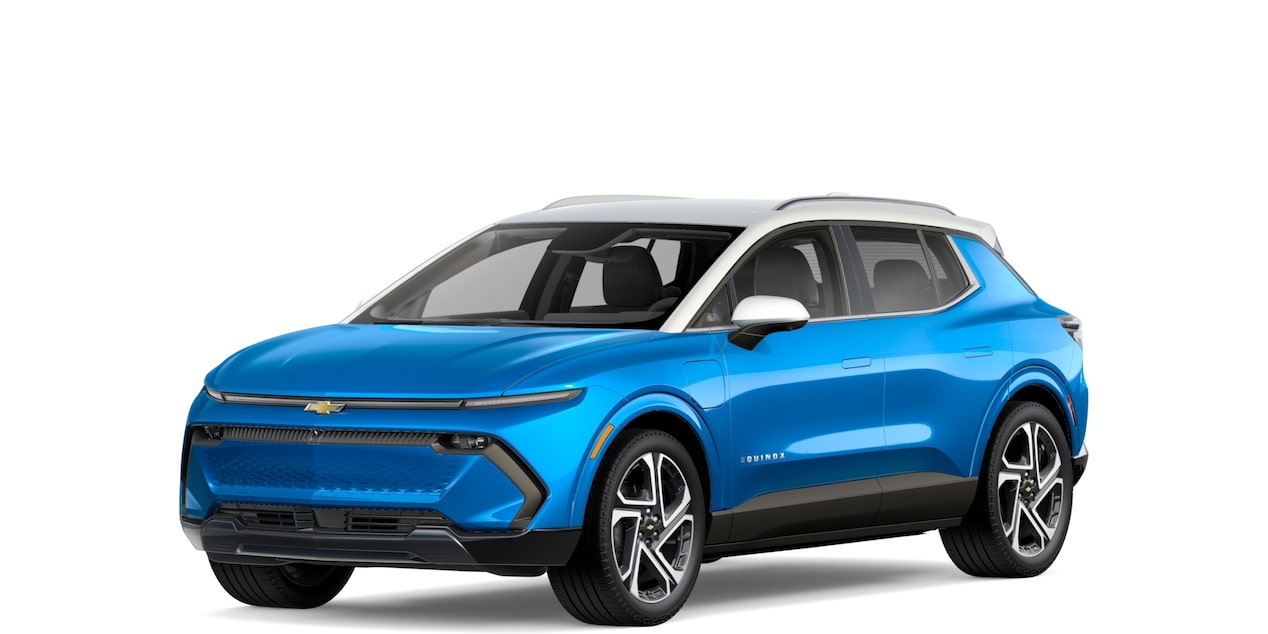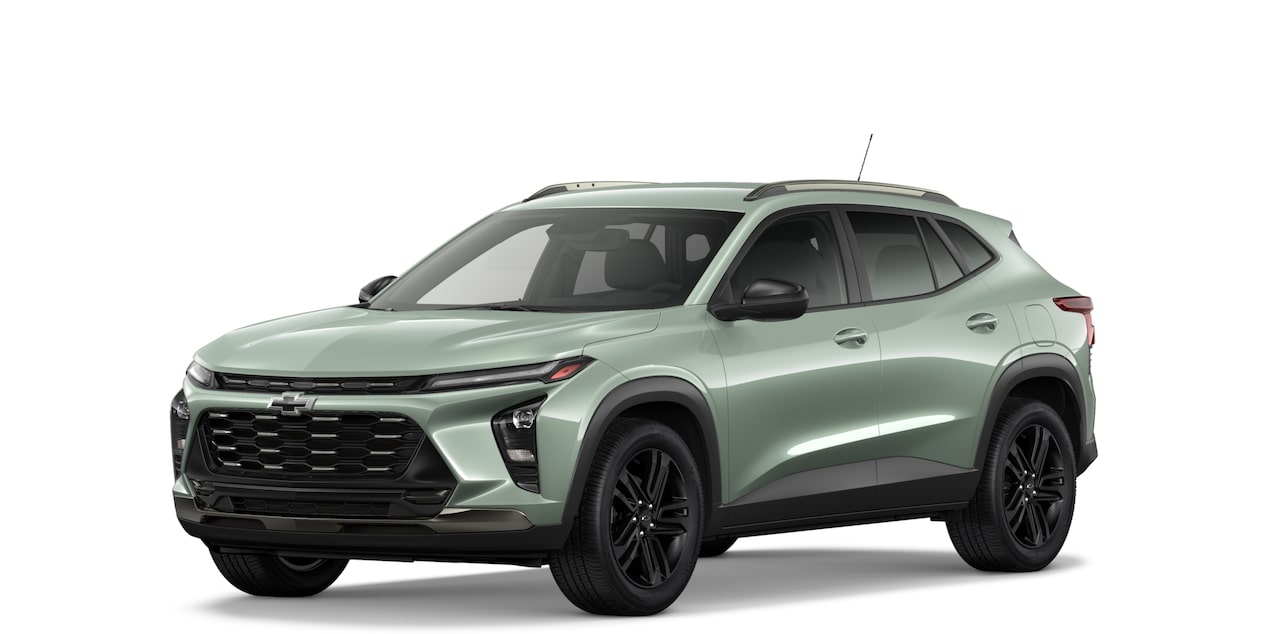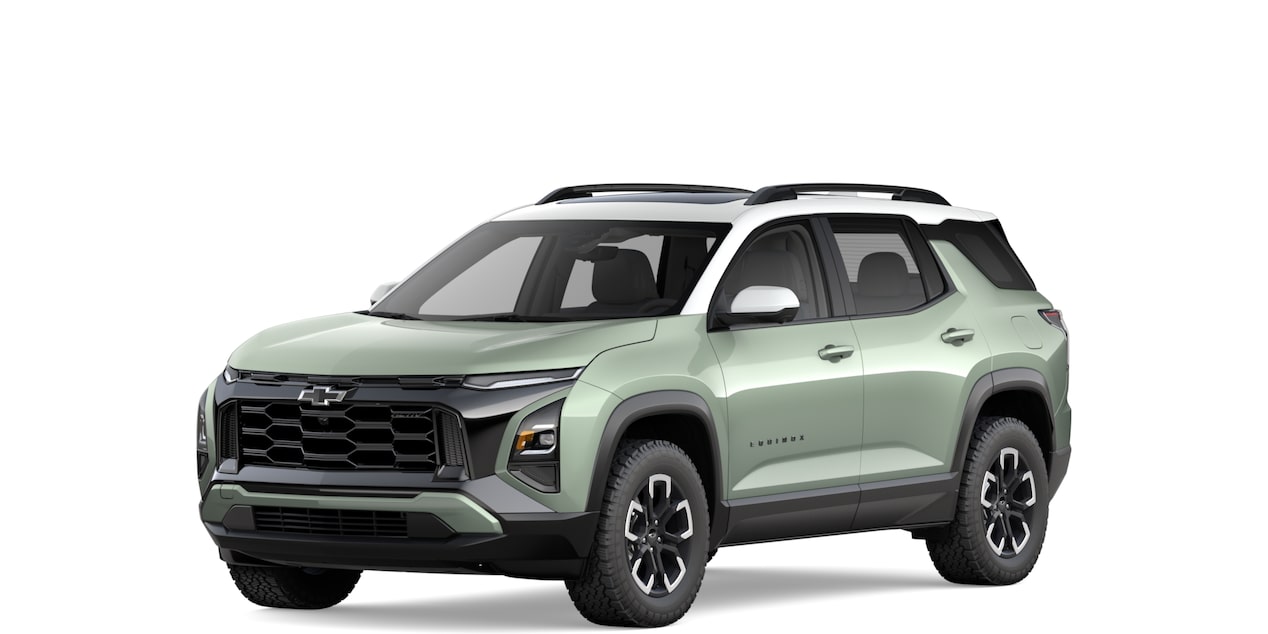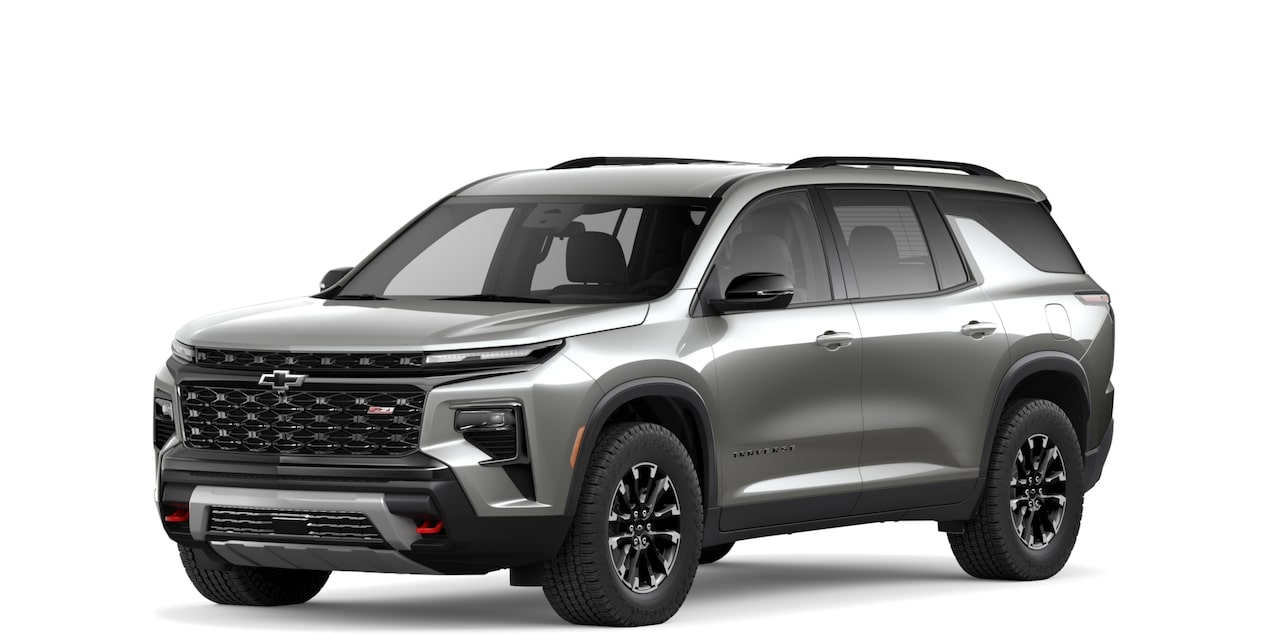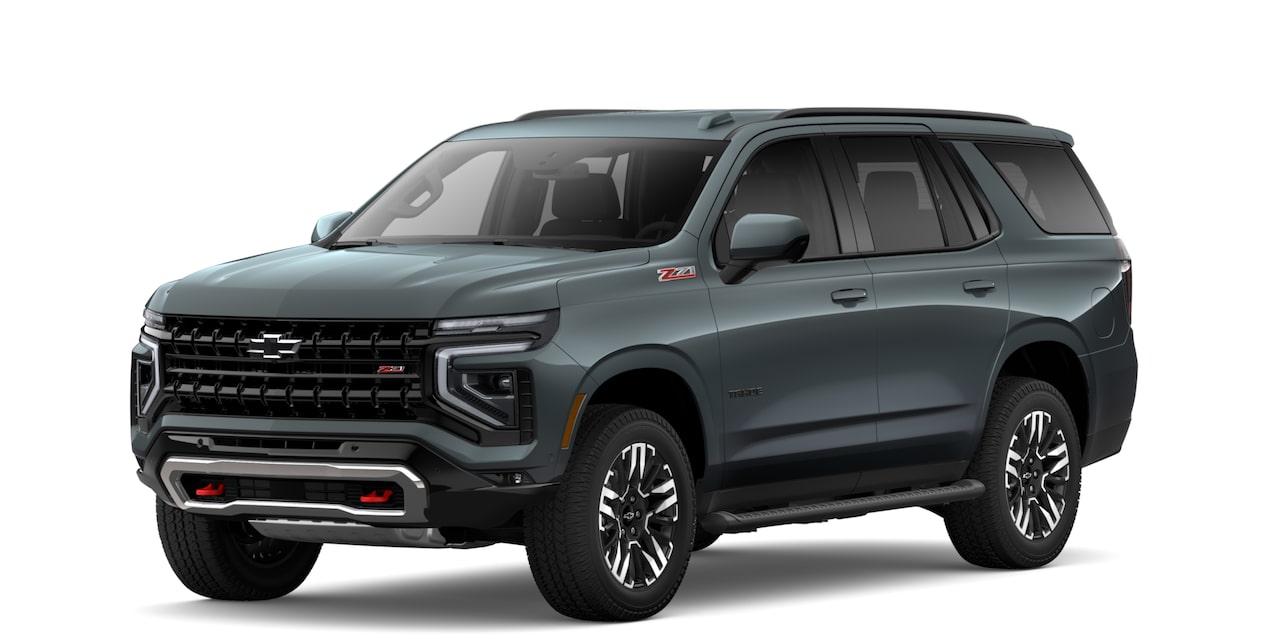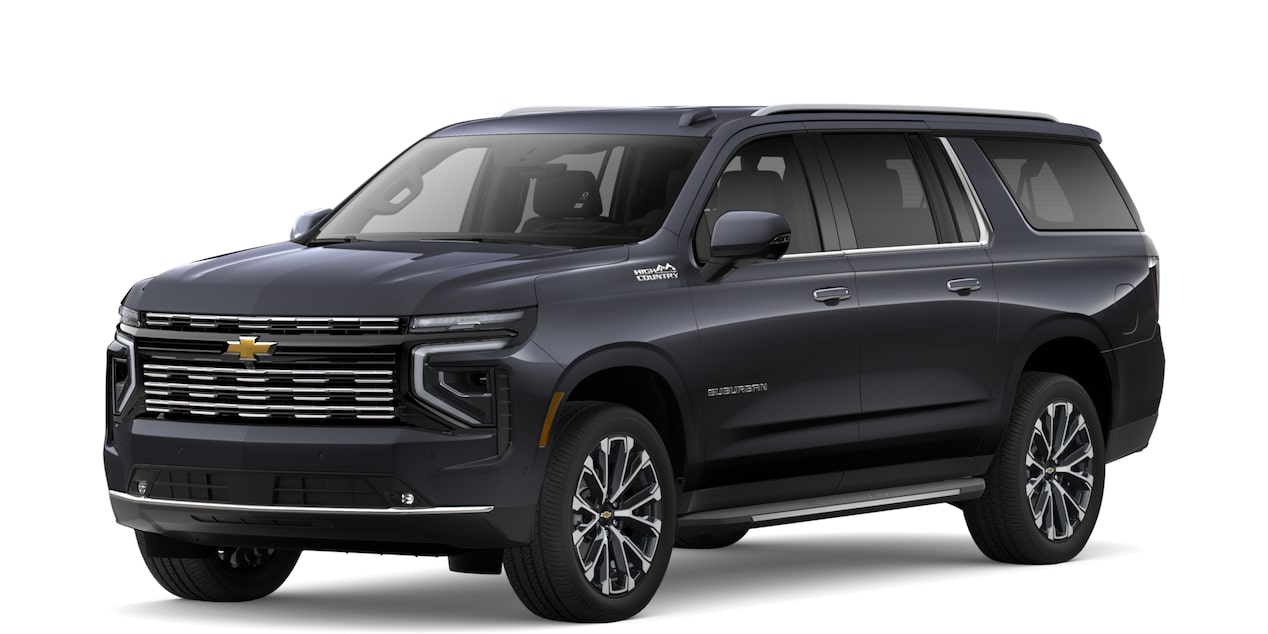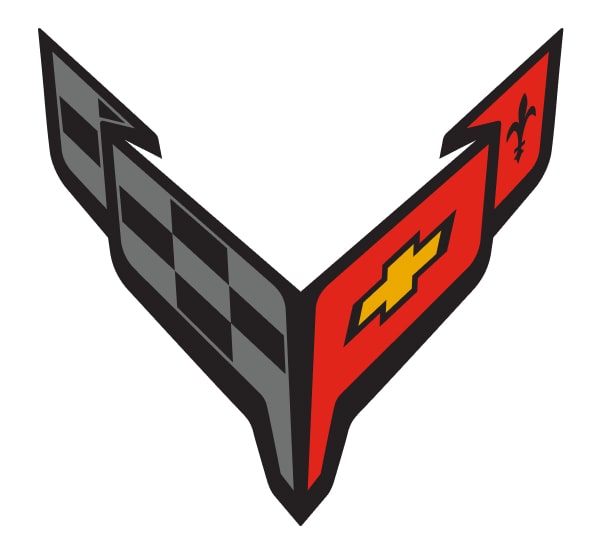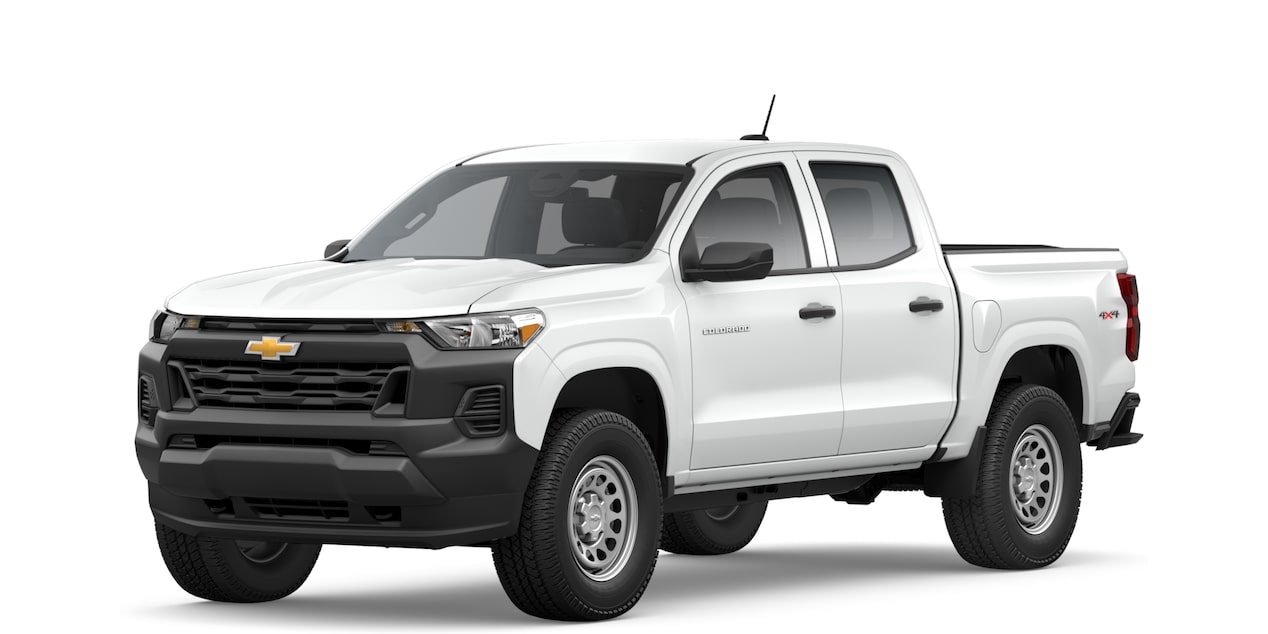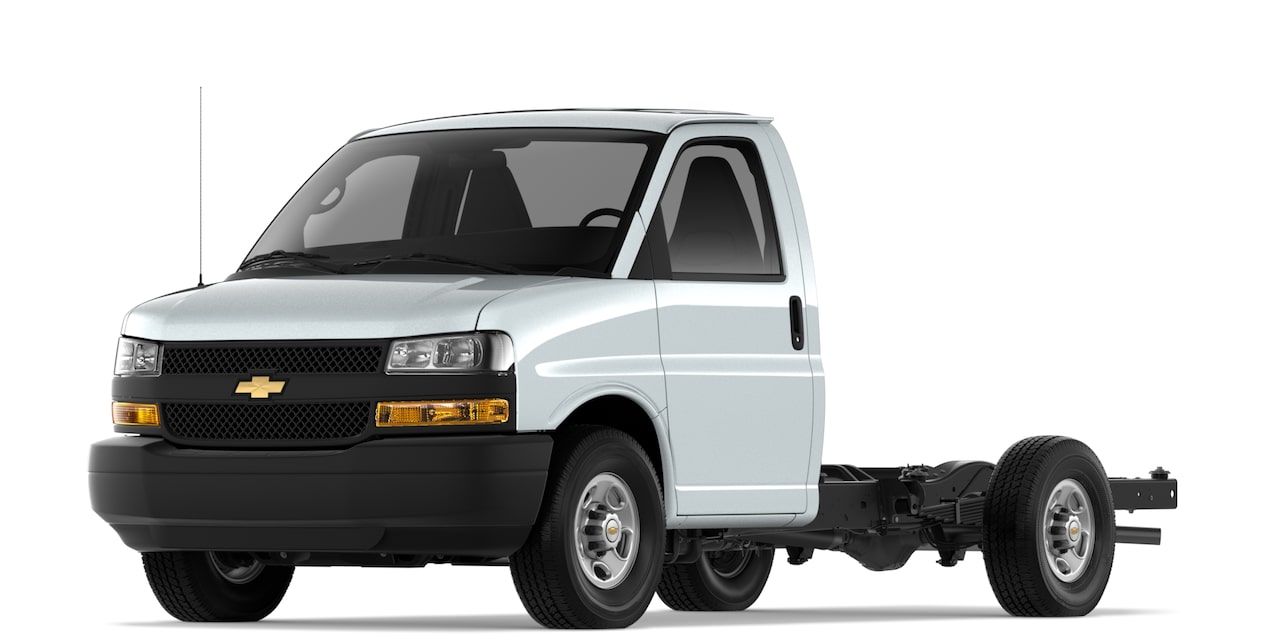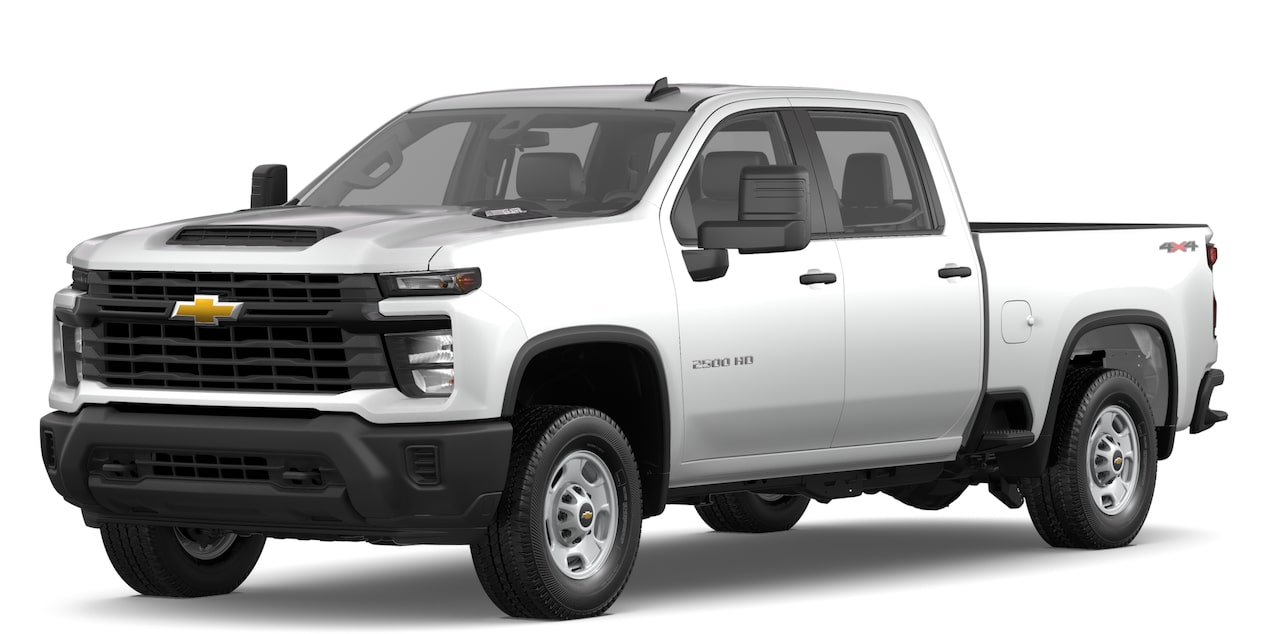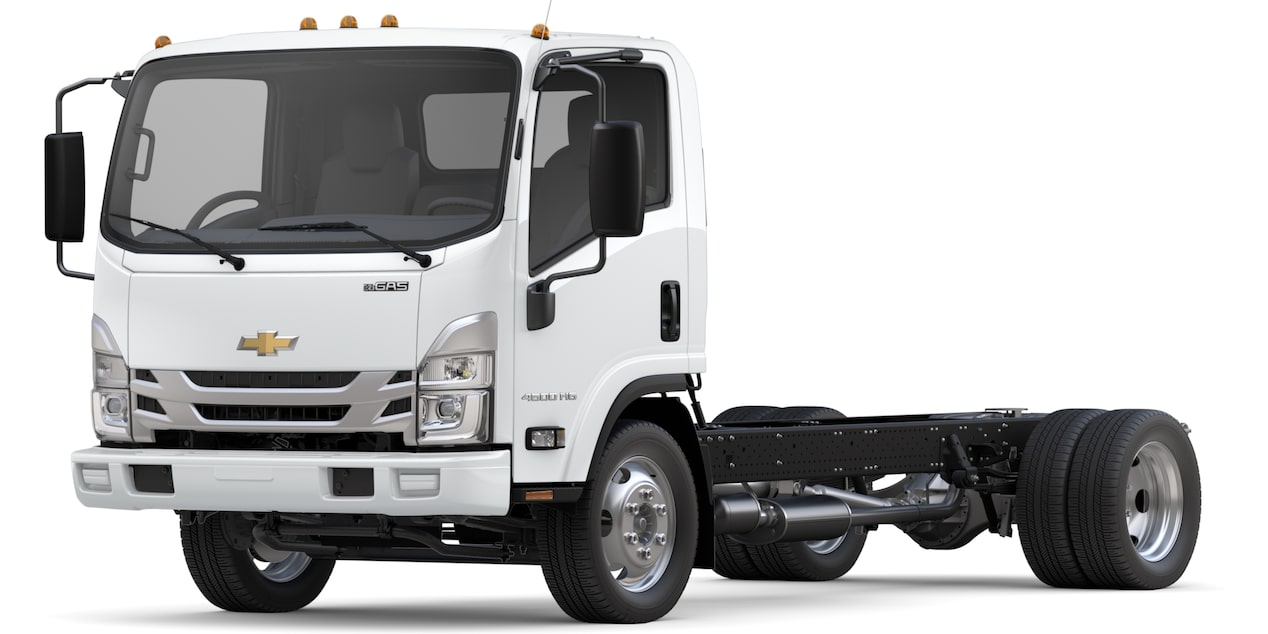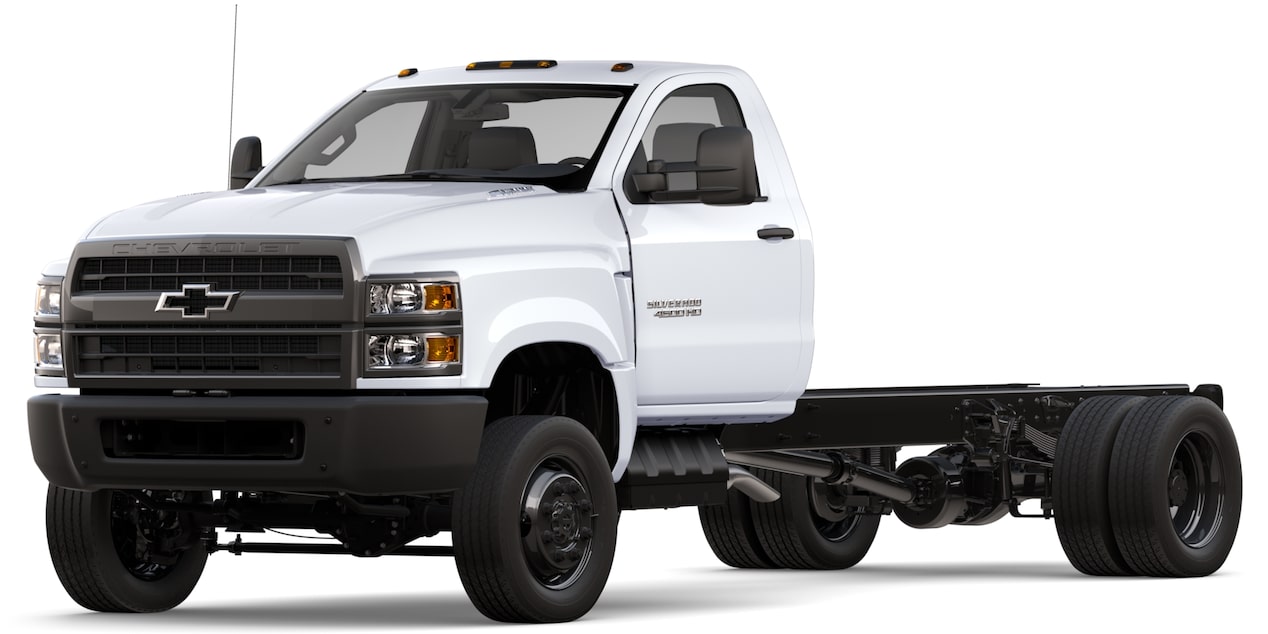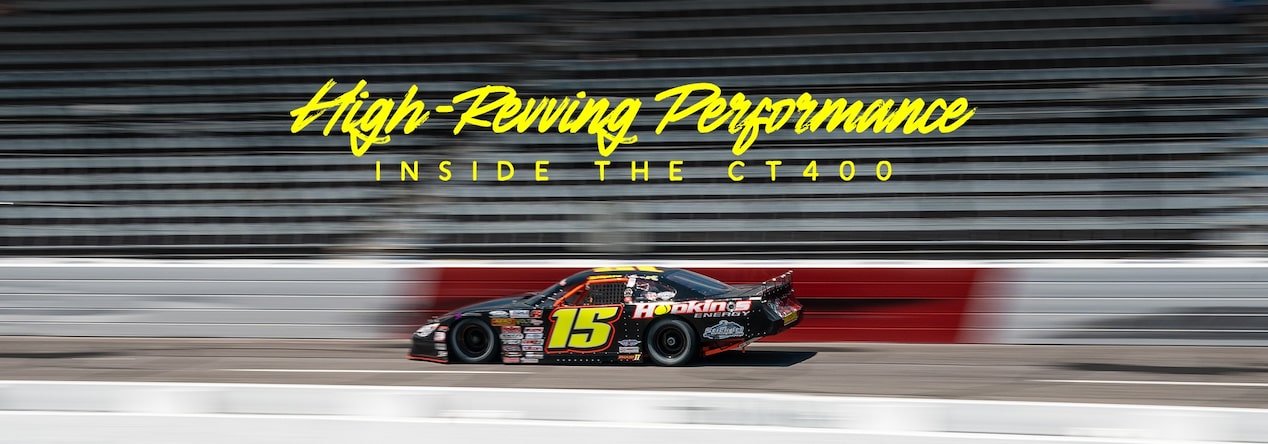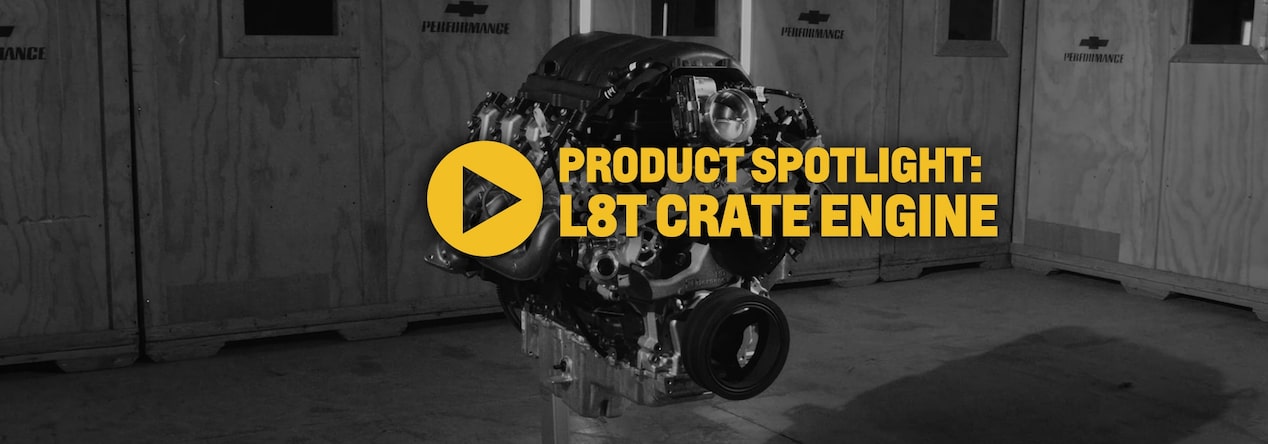
When Ronnie Allen was working on “Bruzer,” his 1972 C10, he planned to put it on the autocross course. But then, the Pro Touring-style truck equipped with a Chevrolet Performance LS376/525 crate engine* simply became too special.

Ronnie and Tina Allen’s LS-powered 1972 Chevrolet C10 is known as “Bruzer.”
“The LS engines make good horsepower and are dependable,” Allen said during this spring’s C10 Nationals event at Texas Motor Speedway. “When I originally started this truck, I was going to build it to autocross, but now that it's turned out the way it has, I really don't want to race it.”
That’s not to say the truck doesn’t get used, though; it does plenty. Allen and his wife, Tina, attend many local shows around their home in Hallsville, Missouri, and they travel to several major events each year like the C10 Nationals and Goodguys Rod & Custom Association programs.
The eye-catching truck is a lot to be proud of.

A Chevrolet Performance LS376/525 crate engine* sits under the truck’s hood.
Allen bought the C10 in 2015 in Chickasha, Oklahoma, but there is about two years of work in the project. The cab is all that remains from the Oklahoma truck, as the rest of the sheet metal is brand new. Ronnie and his son, Justin, did all the mechanical and fabrication work themselves.
The C10 is a ground-up build and sits on a Roadster Shop FAST TRACK chassis. The LS376/525 under the hood is part of a Chevrolet Performance Connect & Cruise Crate Powertrain System, with the power plant mated to a SuperMatic 4L70–E four-speed automatic transmission.
“It's all one package, you get the wiring harness, computers and everything, it's just kind of plug and play,” Allen said of the Connect & Cruise package. “It's very simple to install.”
The LS376/525 incorporates all of the highlights of the standard LS3 crate engine.* However, an aggressive ASA camshaft helps the engine make an impressive 525 horsepower and 486 lb.-ft. of torque. Chevrolet Performance engineers complemented the cam with higher-rate valve springs for enhanced durability as well.
Along with the specs, Allen chose the engine with its bold camshaft for another understandable reason.
“I wanted the better sound,” he said.

The truck is a perfect combination of class and aggression.
The truck looks as good as it sounds.
The C10 is painted in a two-tone style; blue on the top and bottom is paired with black in the middle. Those are the same colors the truck originally came with, but today the pattern is inverse. It took Allen nearly 20 spray outs to get just the right House of Kolor blue. Body specialist Travis Hamilton sprayed the paint.
In addition, LMC woodgrain trim parts are incorporated along the side of the truck and on the tailgate, where chrome letters spell out “Chevrolet.” The rear of the truck also features sequential LED tail lights.
The blue and black colors extend to the super clean engine bay, where chrome accent pieces including Billet Specialties valve covers provide the LS power plant with a classy look. Fuel is delivered from a Rick’s Tanks stainless steel fuel tank, and gasses are spent through a two-and-a-half-inch Flowmaster stainless steel exhaust system with a side exit.
The truck sits on Michelin Pilot Sport 4S tires wrapped around Boze wheels measuring 19 x 10 in the front and 20 x 12 in the rear. Fourteen-inch, six-piston Baer brakes provide the stopping power.
The C10 remains at its static ride height, but the custom fab work and Roadster Shop chassis create a mean stance. Tubbed rear fenders allow for wider tires, while a front splitter and rear spoiler only add to the aggressive look.

The cab of the C10 is all that remains from the original truck. The interior has gotten a restomod upgrade, too.
The C10’s streamlined appearance is enhanced by the use of Fesler flush-mount glass in the windshield and rear window, along with one-piece side windows, a cowl-vent filler panel and modified Mustang mirrors.
Bedwood raw teak wood in the bed tempers the truck’s aggression with sophistication. An individual named Chuck Richardson was responsible for adding the wood and a dozen coats of clear. After putting down three coats of Bedwood’s clear-coat product, he let it dry and then sanded. That process was repeated four times on the top and bottom of the wood.
Richardson also was involved in the reassembly after the truck had been painted, along with Allen and another gentleman named Lonnie Burnett.
A variety of custom modifications can be found inside the cab, too. The modified seats are out of a 2016 Impala and a custom-built center console sits between the driver and passenger. The interior also includes a Billet Specialties steering wheel, Auto Meter Cobalt gauges, a Vintage Air system, Lokar pedals and an E-Stopp electric emergency brake.

Tina and Ronnie Allen travel to many shows and automotive events from their home in Hallsville, Missouri, each year.
Ronnie Allen is also currently working on another 1972 Chevy truck along with his son’s 1970 Chevrolet pickup, which is powered by a Small-Block crate engine.
“I like them all, but I'm pretty partial to Chevy,” Allen said of his involvement in the automotive hobby.
He retired from working in plant engineering at 3M Company two years ago, and Tina, who works as a production specialist at 3M, has just a year to go until retirement. Then, they plan to do even more traveling with their LS-equipped “Bruzer” and perhaps some other LS-powered projects.
“I really like those LS engines,” Ronnie Allen said. “They’re so dependable and there’s lots of power.”
Be sure to watch The BLOCK for more from the C10 Nationals and Chevrolet Performance builds from events nationwide.
*Because of their effect on a vehicle’s emissions performance, these engines are intended exclusively for use in competition vehicles. These engines are designed and intended for use in vehicles operated exclusively for competition: in racing or organized competition on courses separate from public roads, streets or highways. Installation or use of these engines on a vehicle operated on public roads, streets or highways is likely to violate U.S., Canadian, and state and provincial laws and regulations related to motor vehicle emissions.

